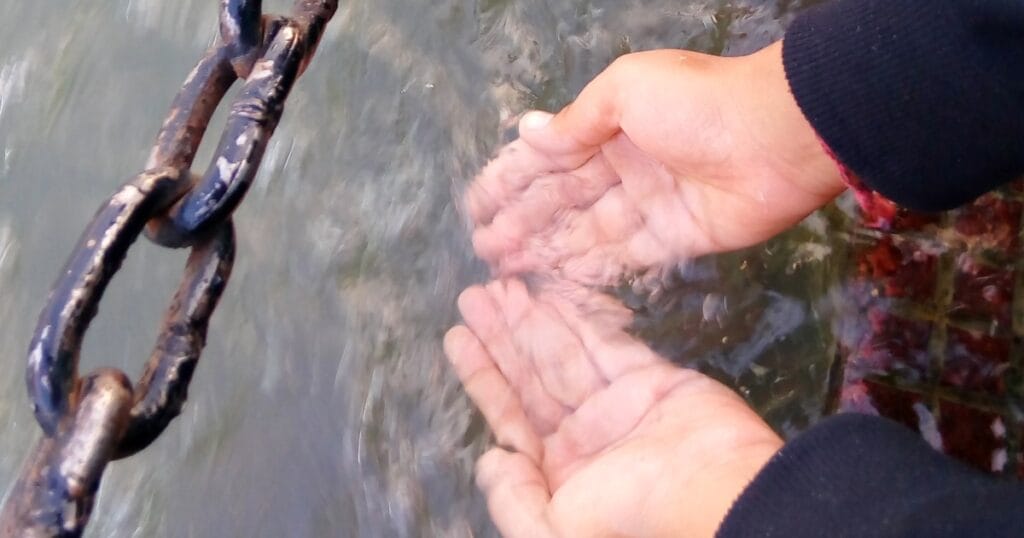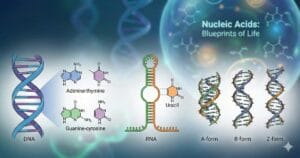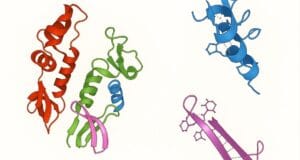
COMPETITIVE EXAM MCQs SERIES of ENVIRONMENTAL SCIENCE for UGC-NET/JRF, SLET, ARS, GATE, and other entrance tests – Contemporary Environmental Issues: Rainwater Harvesting and Groundwater Recharge.
Syllabus Outline
- Principles and methods of rainwater harvesting (e.g. Rooftop harvesting, surface runoff collection, storage tanks, recharge wells, percolation pits)
- Factors influencing effective groundwater recharge.
- Rooftop systems in cities, community tanks in villages, institutional and industrial models
- Central Ground Water Board guidelines, state-level policies, lack of awareness, and maintenance issues of rainwater harvesting.
- Groundwater recharge techniques (e.g. Recharge shafts, injection wells, subsurface dykes, contour trenches, check dams).
This quiz contains concept-based, most frequently asked 25 MCQs of “Contemporary Environmental Issues: Rainwater Harvesting and Groundwater Recharge”. Each question has a single correct/most appropriate answer.
*****
1. In a conventional rooftop rainwater harvesting system, which sequence of components is recommended?
A) Roof catchment → Gutter with wire mesh screen → First-flush diverter → Storage tank
B) Roof catchment → Downpipe → First-flush diverter → Storage tank
C) Roof catchment → First-flush diverter → Gravel filtration → Bore-well
D) First-flush diverter → Roof catchment → Filtration system → Storage tank
2. What is the typical range of runoff coefficients (C) used for rooftops in RWH design?
A) 1 – 0.3
B) 0.4 – 0.6
C) 0.8 – 0.95
D) 1.0 – 1.2
3. For a small rooftop catchment (~50 m²) on permeable ground, the most suitable recharge structure is a:
A) Recharge pit filled with gravel or broken bricks
B) Percolation tank
C) Recharge trench
D) Injection well into a deep aquifer
4. Which soil property most positively influences effective groundwater recharge?
A) High hydraulic conductivity
B) High clay content
C) High impermeable layer near the surface
D) High impervious soil
5. As per CGWA guidelines, what is required in NOCs for new groundwater extraction projects in India?
A) Mandatory installation of rooftop RWH
B) Drilling at night only
C) Use of only hand pumps
D) All of the above
6. Given a 200 m² roof, 800 mm annual rainfall, and a runoff coefficient of 0.90, the annual rainwater harvest is approximately:
A) 144,000 L
B) 177,777 L
C) 160,000 L
D) 180,000 L
7. Designs for urban RWH are most cost-effective where:
A) Rainfall is concentrated in a year in an intense burst to catch maximum water
B) Rainfall is in rainy seasons only to maintain high-quality water storage
C) Rainfall is evenly distributed throughout the year
D) It depends on the cost of construction
8. Effective functioning of a check dam for groundwater recharge requires: I – Appropriate site selection, II – Sufficient upstream catchment area, III – Permeable foundation, IV – Regular desilting. Which combination is correct?
A) I, II, IV only
B) II, III, IV only
C) I, III only
D) I, II, III, IV
9. For an infiltration trench used in RWH, what conditions are necessary? I – Gentle land slope, II – Shallow permeable soil, III – Steep hillside, IV – Vegetation cover.
A) I, II, III, IV
B) II and III only
C) I and IV only
D) I and II only
10. Assertion (A): Crystalline rock aquifers generally have higher recharge potential than alluvial aquifers.
Reason (R): Crystalline rocks have very high permeability and porosity.
A) A and R both true, R explains A
B) A and R true, but R does not explain A
C) A true, R false
D) A and R both false
11. Assertion (A): Installing a first-flush diverter improves harvested water quantity.
Reason (R): The initial rainfall leaches dirt and pollutants from the catchment surface.
A) A and R both true, R explains A
B) A and R true, but R does not explain A
C) A true, R false
D) A false, R true
12. Assertion (A): Rainwater harvesting in urban areas can reduce alluvial flood risk.
Reason (R): It captures stormwater before it enters the drainage system.
A) A and R both true, R explains A
B) A and R true, but R does not explain A
C) A true, R false
D) A false, R true
13. A subsurface dyke is most effective when constructed:
A) On top of an impermeable plateau
B) Across a permeable alluvial valley
C) Along the ridge of a hill
D) In a fully clay-filled area
14. In designing a recharge shaft, a critical maintenance task is:
A) Painting the shaft with sealant yearly
B) Periodic cleaning of the top filter layer
C) Maintenance of leaks due to blockage of pipes and shaft
D) Replacement of outlet pipes frequently
15. Which of the following is a characteristic of a basin with the recharge shaft method?
A) It is cheaper than a single method
B) It can infiltrate water into both shallow and deeper aquifers
C) It only works in a semi-arid region
D) It minimises the evaporation losses
16. Which factor has the least direct effect on the design of a rooftop RWH system?
A) Local soil infiltration rate
B) Annual rainfall and its distribution
C) Maximum number of consecutive dry days
D) Quality of rooftop surface
17. For maximum infiltration in limited space, which structure is preferred?
A) Recharge well/shaft
B) Underground piped channel
C) Elevated storage tank
D) Filter press
18. Which condition is most important in selecting a site for an artificial recharge structure?
A) Aquifer permeability and depth
B) Proximity to alluvial flood risk
C) Proximity to agricultural activities
D) Intermittent rainfall intensity and uneven distribution of rain
19. Assertion (A): Subsurface dykes should have their base connected to a permeable layer.
Reason (R): This prevents water from leaking below the wall, maximising upstream storage.
A) A and R both true, R explains A
B) A and R true, but R does not explain A
C) A true, R false
D) A and R both false
20. What is a common cause of recharge trench failure over time?
A) Clogging by fine sediments over time
B) Expansion of the trench over time
C) Crack in the trench walls over time
D) Shift in the rainfall pattern over time
21. When multiple aquifer zones exist at different depths, a designer should:
A) Consider shallow zone for recharge structure
B) Use a surface basin feeding a deep shaft
C) Use deep bore well/shaft
D) Use a sub-surface basin for more effective recharge
22. According to IS design guidelines, what feature is required at the roof edge to prevent debris from entering gutters?
A) Cement seal on roof edge
B) No overhang
C) Wire mesh screen on gutter end
D) Metal spikes
23. Which one of the following is a sensor/method used in a smart RWH system for water level monitoring?
A) Ultrasonic level sensor
B) Infrared rain gauge
C) Pressure transducer sensor
D) AI with neural networking
24. A soil permeability test shows 10 mm/hr infiltration. This implies:
A) Requires a runoff coefficient to estimate recharge potential
B) Good recharge potential
C) Extremely poor recharge potential
D) Requires pumping to recharge the groundwater
25. Hydrogeological site characterisation for recharge must include:
I – Soil grain size and permeability tests
II – Rainfall intensity distribution
III – Dry season length
IV – Wind speed and direction measurements
A) I only
B) I and II
C) I, II and III
D) I, II, III and IV
*****
Previous: Water Conservation and Watershed Development
Next: India’s National River Conservation Plan
References
- R. Rajagopalan (2015) ENVIRONMENTAL STUDIES: FROM CRISIS TO CURE, Oxford University Press, Third edition
- Bharucha, E. (2013). Textbook of Environmental Studies. Universities Press, 3rd edition
- Abha Vashistha and Surabhi Johari (2020). Contemporary Environmental Issues and Challenges, Bloomsbury Prime
- William Cunningham and Mary Cunningham (2009) Environmental Science: A Global Concern, McGraw-Hill Education, 11th edition

